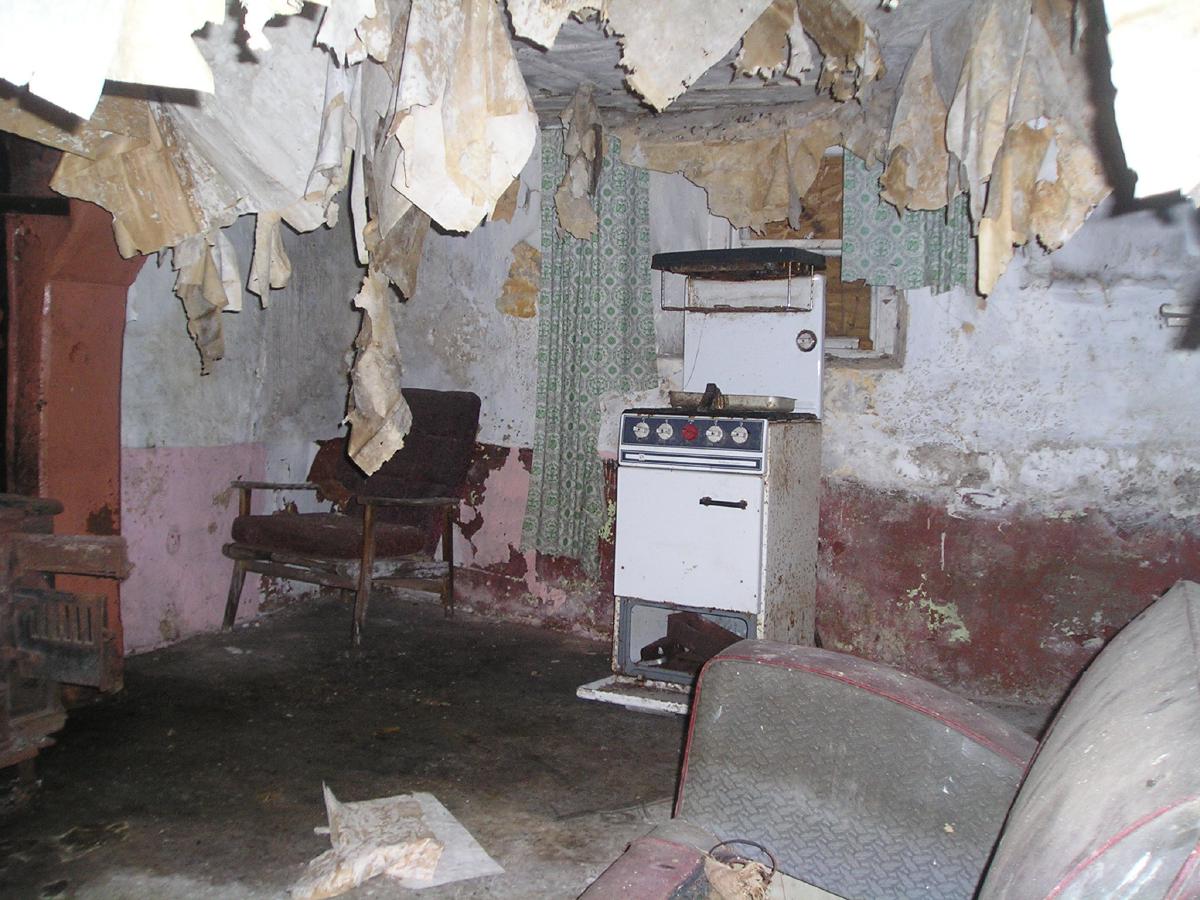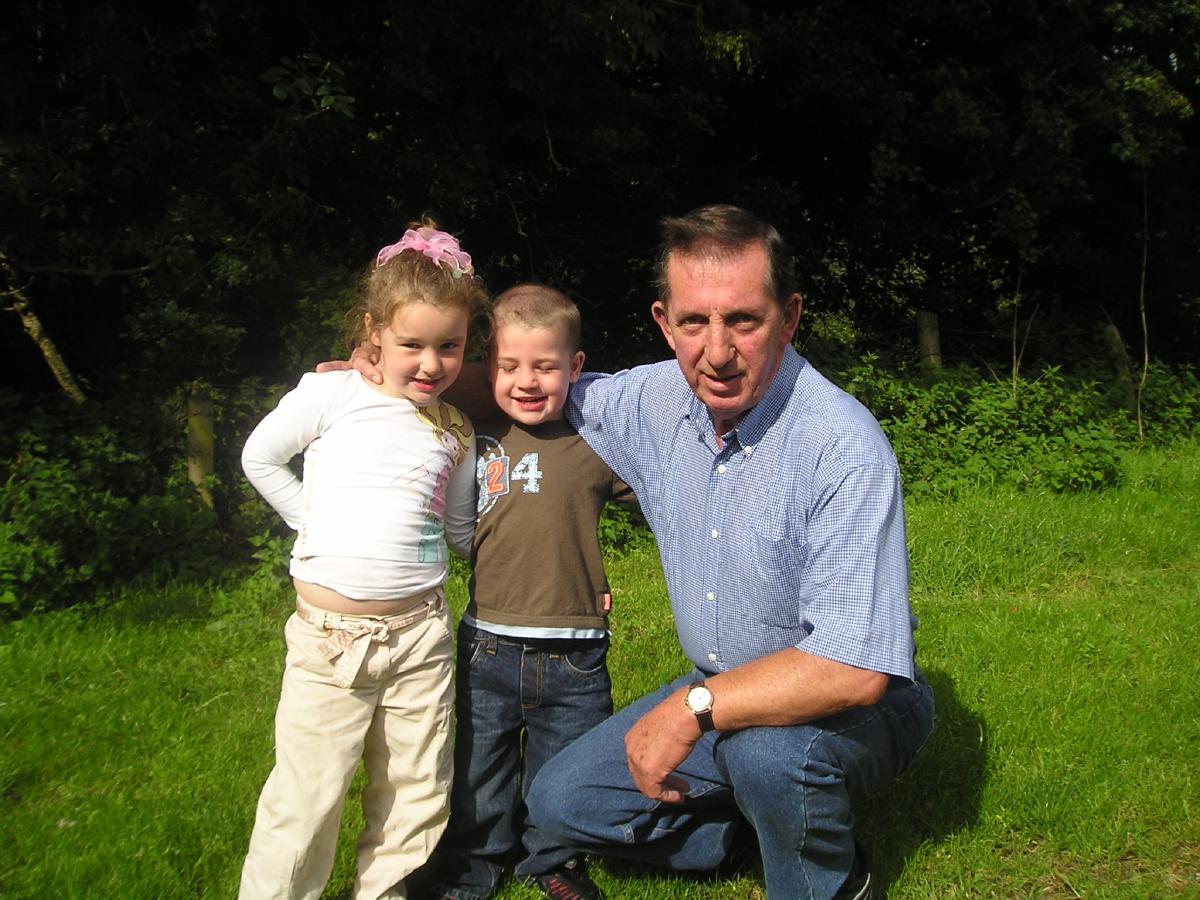Tom and Eileen’s house. Glenshesk, 2006.
The lure of an abandoned house is in imagining the story of the people who lived there. Who they were. What their lives were like. Why they left behind their home and where they went to next. But in the case of this hillside house in Glenshesk, I knew the people well.
My father’s aunt and uncle, Tom and Eileen lived in this place with their daughter Sheila until the roof literally started caving in. It had no plumbing that I know of, no electricity, and their only source of entertainment was a battery-powered radio.

Tom was a giant of a man. In my memory, he was about seven feet tall, with a huge shock of untamed grey hair on top of his head. He wore a blazer that - again, according to my memory - always seemed to be vaguely dusty. Oddly I don’t remember that much about him. He was from Down South because I remember a thick Irish brogue. And he would have made regular trips into Ballycastle for a flutter on the horses. Beyond that, he was a largely silent figure.
If Tom was tall, Eileen was heavy. She had trouble moving around and spent much of her days in an armchair in front of the stove in the picture, flanked with two wooden walking sticks. There were no airs and graces with Eileen, and she had a seemingly inexhaustible list of enemies. You’d know who they were because she branded them ‘curs’ with pure venom. Most of the time they were relatives.
Sometime in the late 80s or early 90s, Tom and Eileen’s house started to fall apart. For about a year they lived with a weird kind of scaffolding propping the house up from the inside. In the end, they moved to a small council bungalow up in Stroanshesk Park.
The house, I’m afraid, never knew what hit it. Those country folk were not about to modify their way of life for anyone. It was the Glens Of Antrim equivalent of the Beverly Hillbillies. They kept the same dilapidated furniture, including the wonky old sideboard that leant against the wall where Eileen kept her money, and a cardboard box full of turf beside the fire.
Eventually, Tom and Eileen succumbed to poor health. Tom died first, and Eileen followed a few years later. Despite her cantankerous demeanour and general despising of other humans, she was surprisingly warm toward my father and I. And she never let a visit pass without calling me over and slipping me a couple of pounds. For a brief while, I used to go and hide out in Eileen’s house when I didn’t want to go to Scouts!

Many years later, my dad and I retraced our steps back to the old house. We were surprised to see it was still standing, having expected to see a house collapsed in on itself. Inside, the flimsy walls were coming apart and we discovered underneath the wallpaper was lined with old copies of the Belfast Telegraph from the 1960s. The pictures you see in this post are from that visit.
It felt odd exploring that place, knowing the people who’d last lived there. I remember tentatively climbing the rotting stairs to the upstairs bedroom, suddenly realising I’d never been up there when the place was inhabited. I felt like I needed to avert my gaze, despite the place having been cleared out a good decade before.
It’s odd to look at these pictures of a deteriorating house and remember it as a living, breathing place. Remembering the people who lived there. It’s been almost 12 years since that last visit to Glenshesk, and it might be time to do it again, to chart what’s happened to the house in the intervening years. It might not even be standing. Watch this space, or follow my Instagram account for updates.
